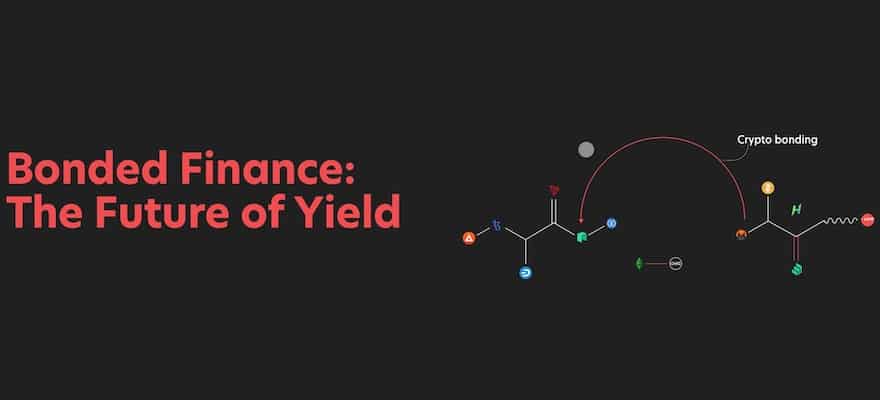Liquidity is a key ingredient for the creation and sustainability of any financial market. And there has been little secret made of the fact that the cryptocurrency industry has a liquidity problem.
Without price discovery and the broad ability to move in and out of trade positions, crypto will never reach the same heights as the traditional financial system.
Historically, making trades in all but the biggest crypto assets could move the market. This Volatility was a well-documented fact, and it brought a laundry list of issues.
Unique challenges
For one, it gave the appearance of (and real potential for) manipulation, which sullied the credibility of the crypto markets.
For another, it made some investors uncomfortable about holding crypto assets, which, in turn, made it tough for applications relying on lower levels of volatility to gain any momentum.
These dynamics affected everyone attempting to operate within the space, not just individual investors. More than a few start-ups have struggled to get the support needed to survive, with capital continually redistributing.
In part, this is because, in crypto markets, early-stage investments also happen to be market-traded assets, which adds another hurdle for young companies looking for a toehold.
Decentralized exchanges (DEXs) like Uniswap came along and pumped lifeblood into some of these projects. The same is true of other automated market markers like Curve and Balancer.
However, the ability of many of these projects to aggregate and earn has been notably absent.
A potential solution
Enter Bonded.finance, a recently launched fintech platform that deploys “exotic” DeFi instruments. More than that, Bonded is out to address some of these liquidity issues and leverage dormant capital.
According to its inaugural Medium post, Bonded.finance has identified US$50 billion locked in altcoins that remain “unserved.”
The Bonded team is in the process of creating an array of financial instruments to access these stranded assets so users can “lend altcoins, access lines of credit, as well as bundle assets, and participate in risk mitigated indices.” In short, to facilitate DeFi for altcoins.
Per the post, Bonded chose this course of action after months of market observation allowed them to spot this massive reserve of non-performing capital.
In a recent interview, the CEO of Bonded, Paul Mak, lamented what this means for otherwise great projects, i.e., losing value and, in some cases, getting eviscerated and abandoned by their communities.
According to Mak, “our smart instruments enable us to harvest and repurpose that unused capital to offer benefits to longer-term investors, teams, and even to reignite interest in projects that may have fallen off the radar.”
For coin issuers looking for a quick way to boost the utility of their token, Bonded presents a potentially attractive offer, and it might be a way to make HODLing sexy again.
If funding interest is any reliable indicator of a project’s potential, the future currently looks bright for Bonded. Investors recently backed the project to the tune of US$2.25 million.
Final thoughts
As DeFi approaches US$14 billion of total value locked, there becomes less and less doubt of its value and utility. Bonded is looking to tap into some of this frenetic energy and revitalize lesser trafficked parts of the ecosystem.
In another one of its blog posts, the Bonded team made a tongue in cheek attempt to recast Donald Trump’s famous “MAGA” slogan as “make alts great again.”
Whether they succeed, of course, remains to be seen. But they’re aiming to provide stability and value to help offset the growing pains of the industry.
For anyone who wants to see a more mature and stable crypto space, projects like Bonded are welcome. And in such a turbulent marketplace, for some projects, it could be the difference between success and failure.











